How to start farming
Opening your own farm attracts not only many rural residents, but also city dwellers. This is due to several reasons, the first among which is the desire to gain material independence.
The popularity of farming is also caused by the consistently high demand for food and other agricultural products. This, with skillful conduct of business, guarantees wealth and prosperity to the farmer's family.
The specifics of farming in our country is that it very often depends on state subsidies and grants. Moreover, such farms experience the need for state assistance not only at the initial stage of their activity, but also in the future.
The reverse side of this circumstance is the need for annual reporting documentation. The information contained in it serves as a rationale for the decision of local government agencies and banks to provide or not provide assistance to the farm.
Because of this, a business plan for a farm is drawn up not only when organizing a peasant farm, but also at the end of each reporting year.
There is no fundamental difference between these two documents. The business plan of the farm, drawn up for a novice farmer, is less detailed, it also lacks production indicators. It only indicates the indicators that the entrepreneur expects to achieve in the future.
This is especially true of peasant farms, which receive a small loan from the Russian Agricultural Bank. Such peasant farms are usually very small and are engaged in one type of activity, for example, raising rabbits or poultry.
A business plan drawn up for such a beginning peasant farm usually contains an indication of the type of activity that the farmer is going to be engaged in and the figures of indicators that he is going to achieve in a year of his work.
The business plan of a farm that is already in operation, respectively, differs from the business plan for creating a start-up farm in that it contains indicators for already produced products and outlines prospects for further development.
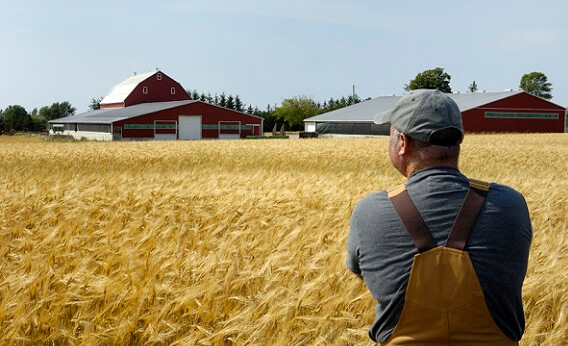
It is worth noting that this document is often developed not for one year, but for several years. But at the same time, its general scheme remains the same.
The list of sections that this document includes is as follows:
- Introduction or summary. This section briefly describes the activities that the holding is engaged in. It also contains a brief description of the farm itself, and indicates the goals that its owners are striving for.
- A detailed description of the farm, indicating its main characteristics.
- The financial section, which contains information about the sources of financing of the enterprise, as well as data on its expenses. In addition, this section prescribes the stages of further development of the economy and measures for their financial support. This section also contains calculations of the profitability of the farm and indicators of return on investment.
- The last section of the business plan contains an analysis of risks, and measures are prescribed to mitigate or eliminate them.
Let's look at each of these sections in more detail.
This section contains the following information in a concise form:
- General information about the farm, including:
- Her full name;
- Contact Information;
- Payment details of the account through which it is financed, as well as settlements with suppliers and buyers.
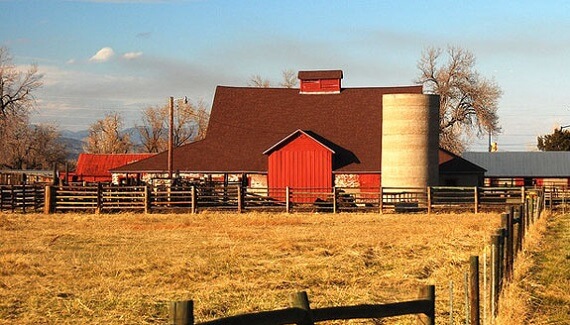
This section of the business plan contains a detailed description of the economy, which affects a number of aspects:
- Essay on the history of the economy, which highlights the most significant stages of its development.
- Information about farmland owned or leased by the farm. It also contains detailed data on how each piece of farmland is used.
- List of equipment and technique operated in the economy. The description of each piece of machinery and equipment is supplemented by data on their use, as well as technical characteristics and a description of the state in which they are located.
- It also indicates which equipment is owned by the farm, and which is rented. At the same time, the owners of the leased equipment are also named.
- Description of communications passing through the territory of the holding, including:
- Electrical;
- Gas;
- transport;
- Others.
These data are laid out along with data on the owners of these networks and organizations that control their operation.
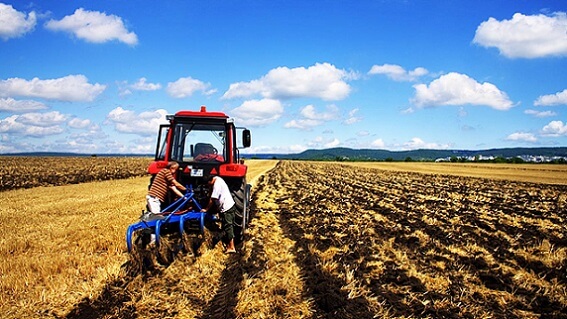
Details on the range and quantity of products produced are described in the next section.
A business plan drawn up for an operating farm most often covers three years - previous, current and future. Accordingly, all indicators are given for each year, and the indicators for the next year are in the nature of a forecast.
A list of these indicators might look like this:
- The gross volume of all manufactured products, as well as the gross profit received from its sale.
- The number of employees.
- The average number of manufactured and sold products per person.
- The average salary of an employee.
- Net profit.
In the second part of the section, the volume and range of manufactured and sold products are assessed in detail. Moreover, the assessment is made for each position.
Also in this part of the section, sales channels for products, both existing and planned, are prescribed.
The third part of the section represents, in fact, the production program.
Depending on what the farm specializes in, the production program may be for livestock or crop production.
In the production plan for crop production, the focus is on how and under what crops land will be allocated.
In addition, all the actions that ensure the harvest are reflected here. These may include:
- Maintenance of crop rotation system;
- soil cultivation;
- The introduction of fertilizers into it;
- Control pests, weeds, diseases and more.
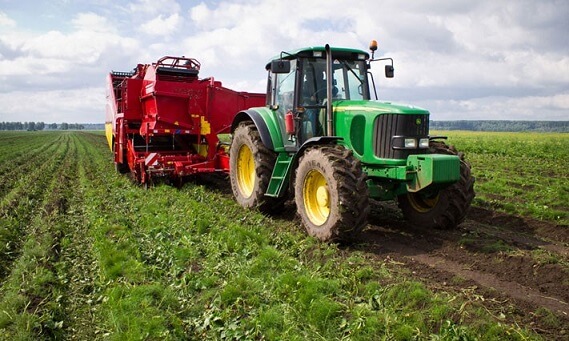
The cropping plan concludes with a detailed list of what crops and areas are currently or will be cultivated in the future. For each of the crops, information is given on their yield, gross harvest and sales.
The livestock production plan contains the following items:
- The number and type of livestock and poultry owned by the holding.
- Productivity, that is, milk yield, egg production and similar information.
- For beef cattle breeding, data on the growth of young animals are given.
- Gross livestock production.
- Quantity and value of products sold.
- Product cost.
Important! It should be borne in mind that, in addition to the production of agricultural products, a farm can be engaged in other activities. For example, to provide various services or carry out transportation. This must also be reflected in the production plan.
Financial section
Here the information placed in the previous sections receives its financial expression. This section should give a clear and precise picture of both the financial results achieved by the farm and what results it should achieve in the future.
Important! Since investors most often base their investment decisions on the information contained in this section, it is highly desirable that the section be well structured.
Therefore, you should group the sections of the section so that one group contains information about expenses, and the other contains information about income.
Their balance sheet might look like this:
- Profit received from the sale of manufactured products, with a detailed description of the quantity and cost for each item.
- Profit received from other sources, for example, from the provision of paid services.
- The funds spent on the production of products, also with a breakdown of the costs for each product item. This part includes the following items:
- Cost of equipment;
- The cost of its preventive and current repairs;
- Fuel costs and charges for gas, water and electricity;
- Costs for the preparation and repair of industrial premises;
- Employee salaries;
- Spending on seeds, medicines for livestock, fertilizers and the like.
- Fare.
- Equipment rental costs.
- This list of expenses is far from exhaustive.

When compiling the financial section, there are some points to consider.
First of all, you need to make sure that the information presented in it looks convincing enough in the eyes of potential investors. Therefore, if any calculations may seem doubtful from this point of view, they should be accompanied by additional justification.
In addition, the financial plan should clearly answer a number of questions:
- How much investment is required to implement the project.
- What are the sources and form of funding.
- Project profitability.
- Its payback period.
- In what form will the return of invested funds take place?
When forecasting certain production indicators, it is necessary to prepare two scenarios for the development of events. One scenario for a favorable situation, another scenario for an unfavorable one.
The scenario for adverse events should provide for actions in case of their occurrence. For example, in case of a drought or heavy rains, or an increase in the cost of feed, and the like.
This is all the more important since we are talking about agriculture, that is, an industry that is largely influenced by external factors.
The last section of the business plan is devoted to the assessment and analysis of such risks, as well as the development of measures to minimize them.
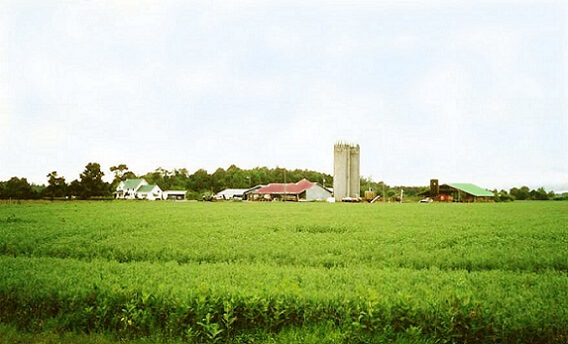
It also contains information about the various types of insurance that protect the property and products of the economy.
Conclusion
From the foregoing, it follows that for small farms that are engaged in one type of activity, drawing up a business plan is not particularly difficult and can be done independently.
However, the situation changes dramatically if the plan needs to be drawn up for a fairly large farm, with a complex structure of products. In this case, the complexity of the business plan grows exponentially. And its compilation requires the mandatory involvement of specialists.
Another circumstance that affects the complexity of the business plan is the dependence of the production process on a large number of external factors that cannot be controlled.
For this reason, we did not give specific calculations in the article, since the indicators for the same positions for different farms can vary too much.




